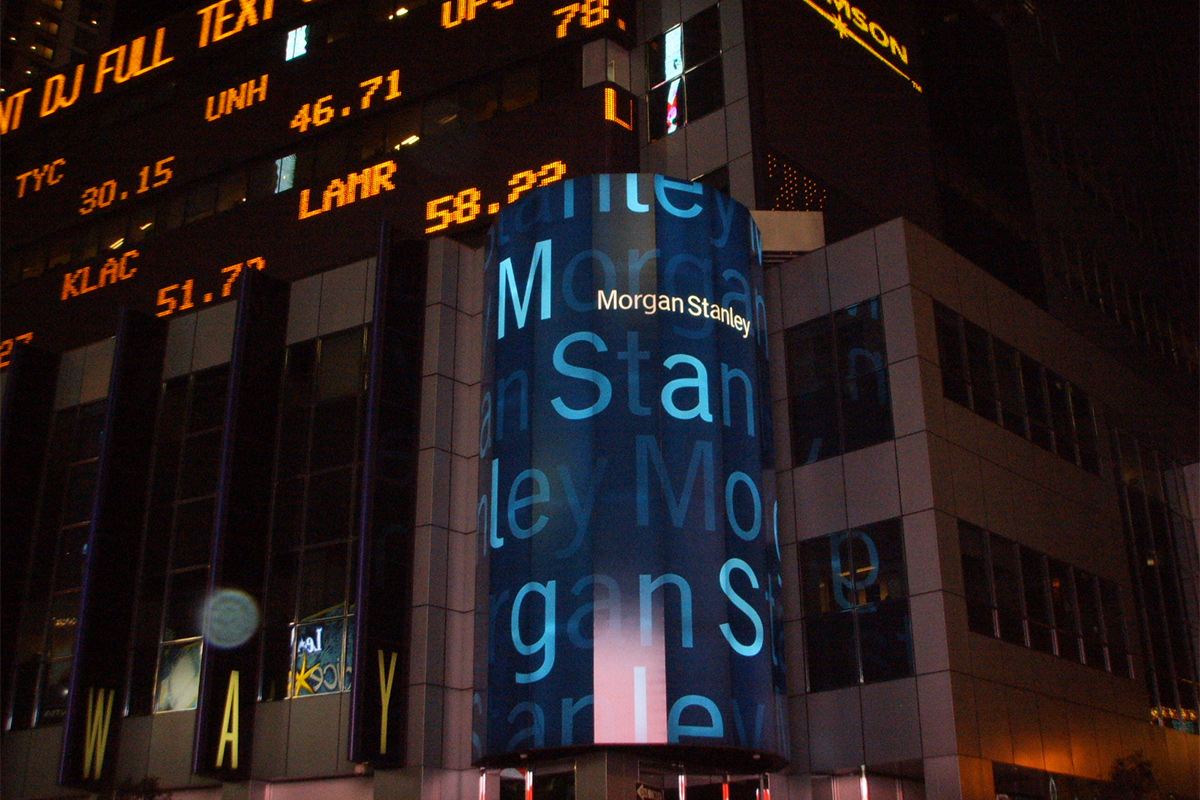A report published by Morgan Stanley has said the balance sheets of India’s Public Sector Banks (PSBs) have improved and bad loan formation should moderate going forward, said a report by Morgan Stanley.
A bunch of state-run banks has long struggled with enormous bad loans, forcing the government to pump in more funds to shore up their balance sheets.
As per the report, the common equity tier-1 (CET 1) for state-run banks (excluding State Bank of India) under its coverage is now at 9.6 per cent against 9.1 per cent in F20 and 6.8 per cent in F18.
“Over the past few years, SOE banks have seen significant capital infusion by the government, lower RWA (risk-weighted assets) density, higher provisioning and some large recoveries. GNPL coverage ratio for SOE banks (excluding SBI) under our coverage has improved to 67 per cent and is 55 per cent on overall impaired loans,” it said.
Noting that underwriting practices remain weak in state run banks, it said that bad loan formation in retail, agri and MSME segments at these banks, other than SBI, has been elevated over the past few years. These segments have been a key driver of growth at most PSBs and form 50-60 per cent of the loan books.
The brokerage firm preferred SBI and other large private banks to play a major role in corporate recovery cycle.
“Moreover, even the share of BBB-and-below rated corporate loans is much higher at these banks. This, coupled with relatively lower coverage, will limit any sharp downtick in credit costs,” it said.
“We think state-owned enterprise banks will continue to lose loan market share given technology changes, strong competition and a weak internal rate of capital generation,” it said.
“More importantly, we note that incremental market share for SOE banks in overall deposits has also been weakening in recent years – driven by term deposits as well as accelerated market share loss in savings deposits in urban/semi-urban areas,” analysts at the brokerage said.












